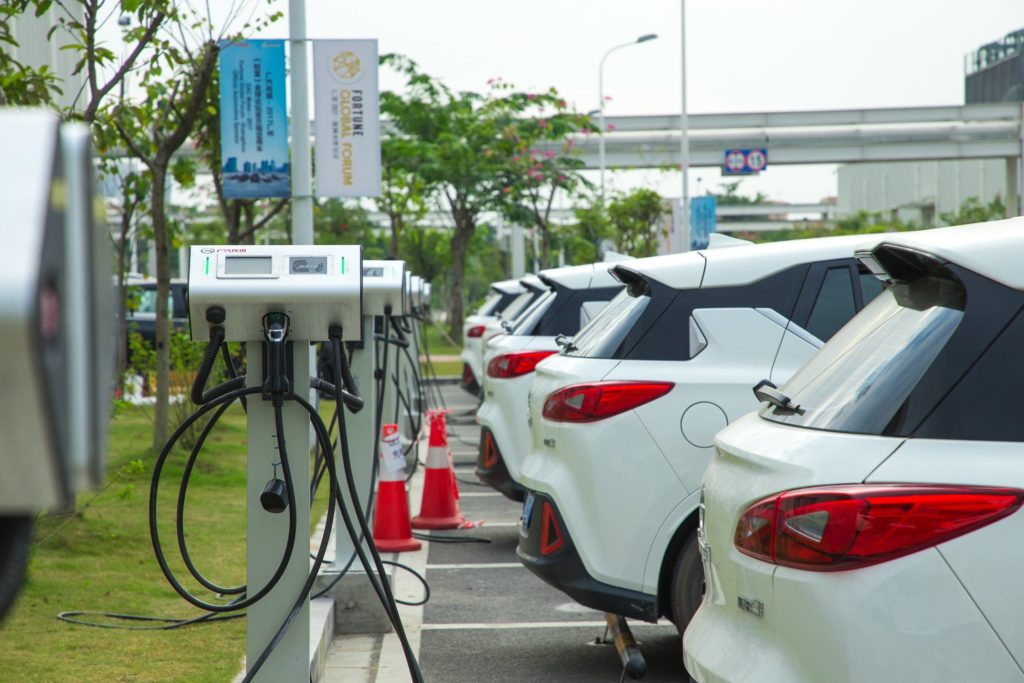
It would be hard to argue against the idea that virtual reality and electric cars represent two of the most exciting tech developments of the current decade. Neither is actually new this decade, mind you, but they’ve certainly emerged in new and significant ways these last few years. And perhaps inevitably, they’ve started to cross paths.
This probably shouldn’t surprise us, not just because they’re two prominent technologies but because virtual reality in particular has branched out in some unexpected ways. It started out with some fairly rapid expansion through the video game ranks. While VR started with demos and app-like games, it’s now embracing new versions of major franchises that were already very popular on Xbox, PlayStation, etc. And internet casino games, which have become thoroughly integrated with mobile devices, are also starting to dip their toes into virtual reality.
If people were surprised to see virtual reality editions of Skyrim and popular online slot games though, it’s nothing to how odd it was to see other applications for VR. There are virtual fitting rooms popping up in some retail stores; there are virtual treatments for migraines and anxiety; there’s VR storytelling to take you through everything from mysterious crime scenes to Biblical tales. VR is just about everywhere – which, again, is why we shouldn’t really be surprised that it’s apparently in electric cars, in more ways than one.
[ad]
VR Window Panels
The idea of VR window panels is kind of unclear, but it’s something we’re seeing through the GAC Motor Enverge, which has been described as a deadly looking electric car from a company you’ve never heard of. If this is true, and you haven’t heard of GAC, it’s a Chinese auto company that’s looking to expand internationally, and the Enverge is its electric concept car. It’s been turning heads, not least because it has virtual reality screens “embedded in the side windows.” As far as we can tell, this means that the side windows are actually coated with a matte finish, but the exterior of the car is actually projected onto the windows via VR. It’s certainly unnecessary, but is a perfect example of how modern electric cars and VR might not be able to resist one another.
VR Entertainment
This is an idea that may never come to fruition in functioning vehicles, though the fact that Apple is working on it definitely gives it some clout. Apparently Apple has been seeking a patent to fit self-driving cars with VR displays in a move to make the ride more fun for passengers. This could lead to all kinds of different concepts, but to give you an idea of how crazy it’s getting early on, one of the ideas we know about at this point is simulated zombie chases. Okay then.
VR Testing
On a less wild note, VR is clearly going to have a major impact on car testing. Basically, a single VR headset, complete with realistic controls, could allow people to virtually test drive countless cars in a short amount of time. This doesn’t replicate every aspect of an actual test drive, but it does essentially invent a window shopping aspect to the process out of thin air. Don’t be surprised at all if the next time you visit a dealership looking to buy, you wind up with a headset fitted over your eyes.





